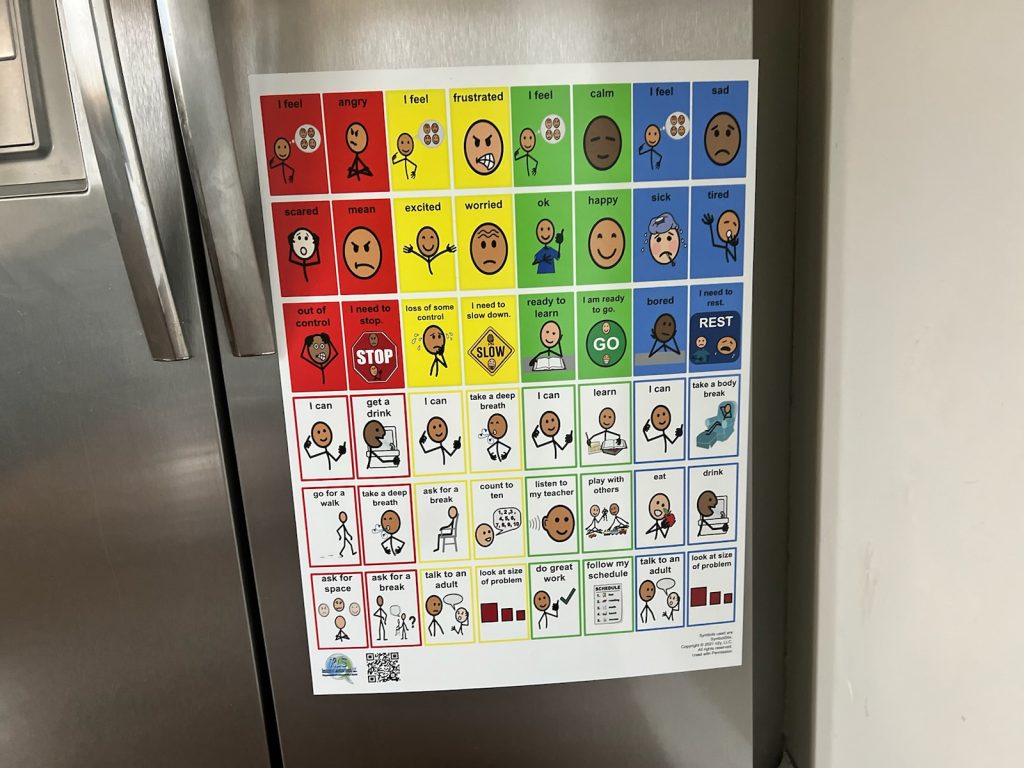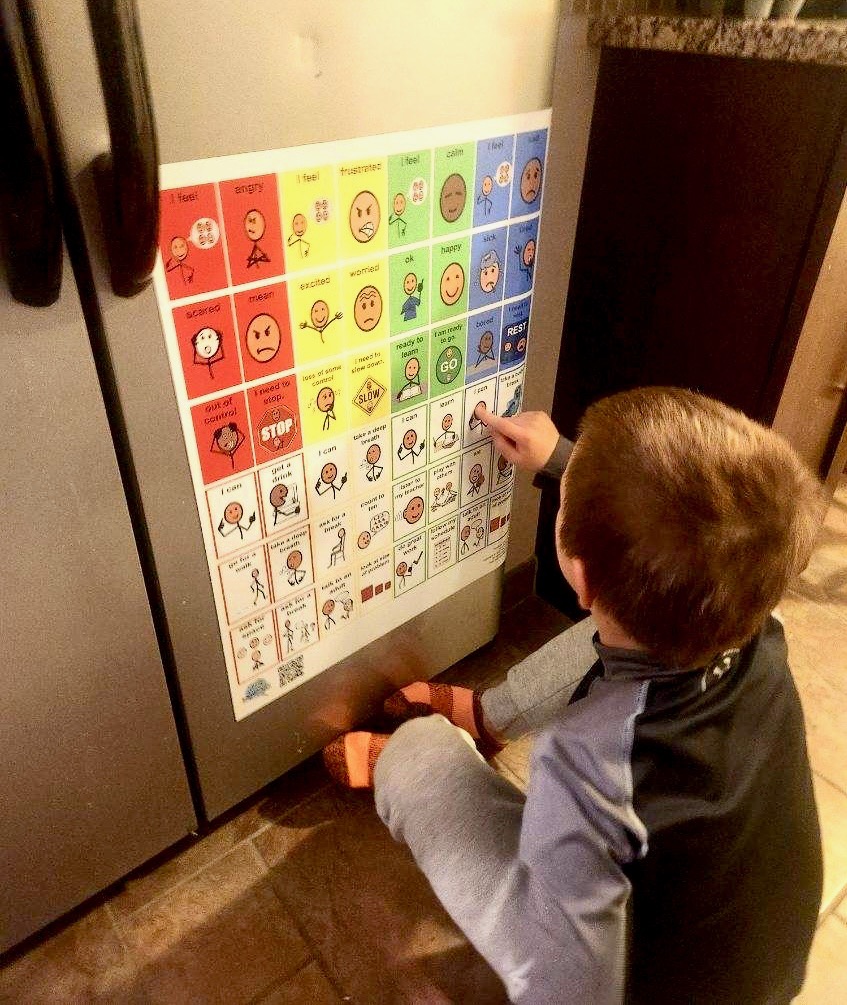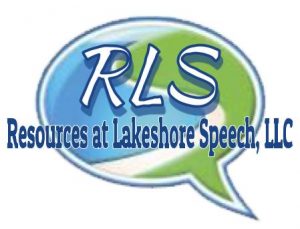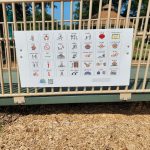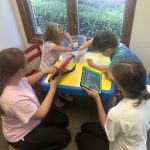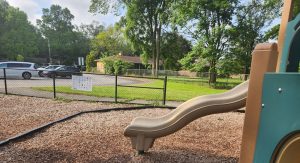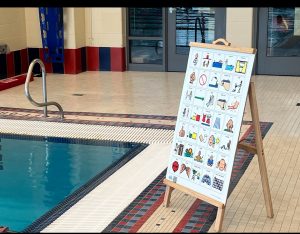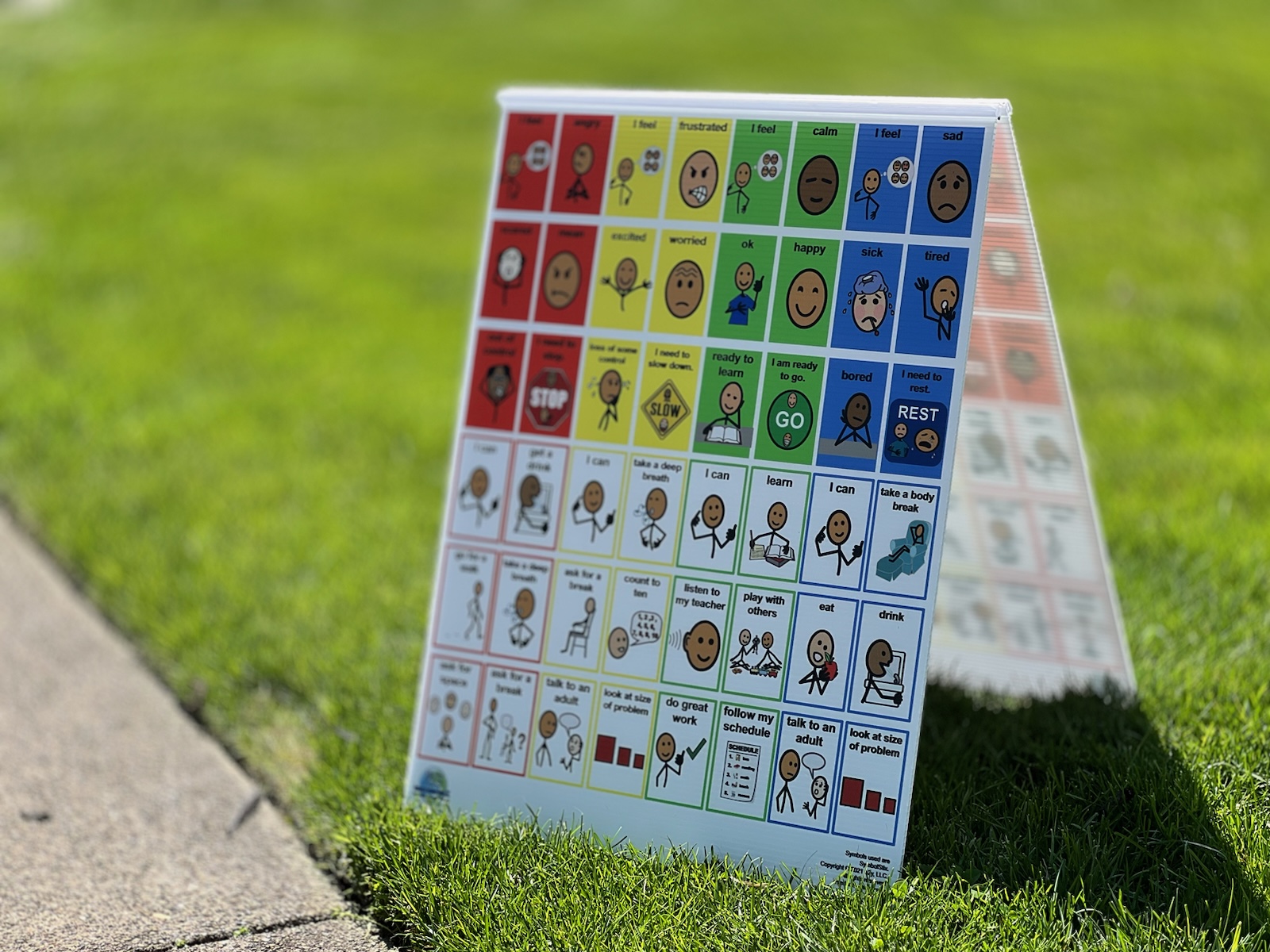
Introduction
Imagine a world where every child has the tools to express their emotions, regulate their feelings, and navigate social interactions with confidence. For many individuals emotional expression can be difficult.
Enter emotional balance boards—powerful tools that promote social-emotional literacy, reduce frustration, and foster meaningful communication. These boards offer individuals a structured way to identify their emotions and learn appropriate coping strategies, making them an essential tool in schools, homes, and community settings.
In this post, we’ll explore:
- How to introduce emotional balance boards
- Their significance in social-emotional literacy
- Why they’re a must-have in educational, domestic, and public spaces
What is an Emotional Balance Board?
An emotional balance board is a visual tool that helps individuals recognize, label, and manage their emotions. It typically includes:
- Emotion symbols or words (happy, sad, frustrated, excited, etc.)
- Coping strategies (take deep breaths, ask for help, take a break, squeeze a stress ball)
- A mood tracker or scale (to gauge the intensity of an emotion)
These boards can be static (printed and displayed in a fixed location) or interactive (laminated with Velcro pieces or digital options on AAC devices).
How to Introduce Emotional Balance Boards
Introducing an emotional balance board effectively requires modeling, consistency, and reinforcement. Here’s how:
- Start with Familiar Emotions – Begin with basic emotions like happy, sad, and angry before introducing more complex feelings.
- Model its Use Daily – Demonstrate how to use the board by labeling emotions in real-time. For example, “I feel frustrated right now. Let me check the board and pick a way to calm down.”
- Make it Accessible – Place the board in areas where emotions are frequently discussed, such as classrooms, play areas, or bedrooms.
- Encourage Consistency – Caregivers, parents, teachers and community members should use the board regularly to build familiarity and comfort.
- Reinforce Positive Use – Praise individuals when they use the board to identify or regulate emotions: “Great job choosing ‘take a break’ when you felt overwhelmed!”
By making emotional balance boards a normal part of daily interactions, they become an intuitive and effective resource for individuals.
The Connection Between Emotional Balance Boards and Social-Emotional Literacy
Social-emotional literacy is the ability to understand, express and manage emotions while building meaningful relationships. Emotional balance boards play a key role in developing these skills by:
✅ Enhancing Emotional Vocabulary – Individuals learn to label their emotions accurately, helping them communicate more effectively.
✅ Building Self-balance Skills – Visual tools guide individuals in selecting appropriate coping mechanisms, leading to better emotional control.
✅ Supporting Conflict Resolution – Instead of acting out, individuals can use the board to express how they feel and identify solutions.
✅ Promoting Empathy – Seeing emotions visually represented fosters an understanding of others’ feelings.
With improved social-emotional literacy, individuals gain confidence, improve peer relationships and develop lifelong emotional intelligence.
The Role of Emotional Balance Boards in Different Settings
1. Schools: Fostering Emotional Intelligence in the Classroom
Teachers and school staff often face the challenge of helping students navigate their emotions while maintaining a positive learning environment. Emotional balance boards provide a structured way to support students by:
- Reducing Classroom Disruptions – When students can communicate their emotions, they’re less likely to act out.
- Encouraging Independence – Instead of relying on a teacher for emotional validation, students learn self-awareness and self-soothing techniques.
- Supporting Special Education Needs – Students with autism, ADHD, and anxiety particularly benefit from visual emotional tools.
- Creating a Safe Space for Expression – A designated emotional corner with a board allows students to process emotions privately before re-engaging in learning.
Implementation Tips for Schools:
- Place emotional balance boards in classrooms, hallways, and counselor offices.
- Incorporate board usage into morning check-ins or emotional check-ins throughout the day.
- Train staff on how to encourage board usage consistently.
2. Home: Strengthening Family Communication and Emotional Growth
At home, emotional balance is just as crucial as academic success. Many caregivers struggle with meltdowns, tantrums, or emotional outbursts. Emotional balance boards can help by:
- Providing a Calm Alternative to Emotional Escalation – Instead of yelling or withdrawing, individuals can refer to the board to identify and manage their feelings.
- Encouraging Open Conversations – Families can use the board during dinner or bedtime to reflect on emotions from the day.
- Teaching Healthy Coping Mechanisms –Caregivers can guide individuals to select effective strategies (e.g., deep breathing, sensory breaks) from the board.
- Reducing Parent-Child Power Struggles – When an individual points to “frustrated” on the board, parents can respond with “I see you’re upset. Let’s find a solution together.”
Implementation Tips for Home:
- Place a balance board in high-traffic areas like the kitchen or playroom.
- Use it during bedtime routines to talk about the day’s emotions.
- Make it a family activity—modeling emotional expression benefits parents too!
3. Community: Supporting Emotional Balance in Public Spaces
Community settings such as playgrounds, libraries, and recreational centers can often be overwhelming environments for individuals. Emotional balance boards help by:
- Providing a Visual Support System – When emotions run high in public, a balance board can guide individuals to choose appropriate responses.
- Encouraging Social Skills – Community boards can include social scripts or reminders (e.g., “Ask for a turn” or “Say ‘I’m sorry’ if you make a mistake”).
- Promoting Inclusivity – Individuals with speech delays or sensory sensitivities benefit from having a structured way to communicate.
- Supporting Caregivers and Staff – Having a tool to help individuals manage emotions makes public outings smoother and less stressful for everyone.
Implementation Tips for Community Spaces:
- Install durable, weatherproof boards in playgrounds and parks.
- Add interactive features like moveable emotion sliders for engagement.
- Train staff at community centers to use and encourage board use.
Conclusion: A Small Tool with a Big Impact
Emotional balance boards are more than just visual aids—they are game-changers in supporting individuals’ ‘ emotional well-being across school, home, and community settings. By providing a structured way to express emotions and learn coping skills, these boards empower individuals to build emotional resilience and social-emotional literacy.
Whether you’re a teacher, parent, caregiver or community advocate, integrating emotional balance boards into daily routines can create a more emotionally aware, communicative and harmonious environment for all.
Have you used emotional balance boards in your setting? Share your experiences in the comments below!
